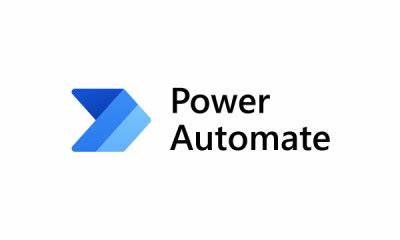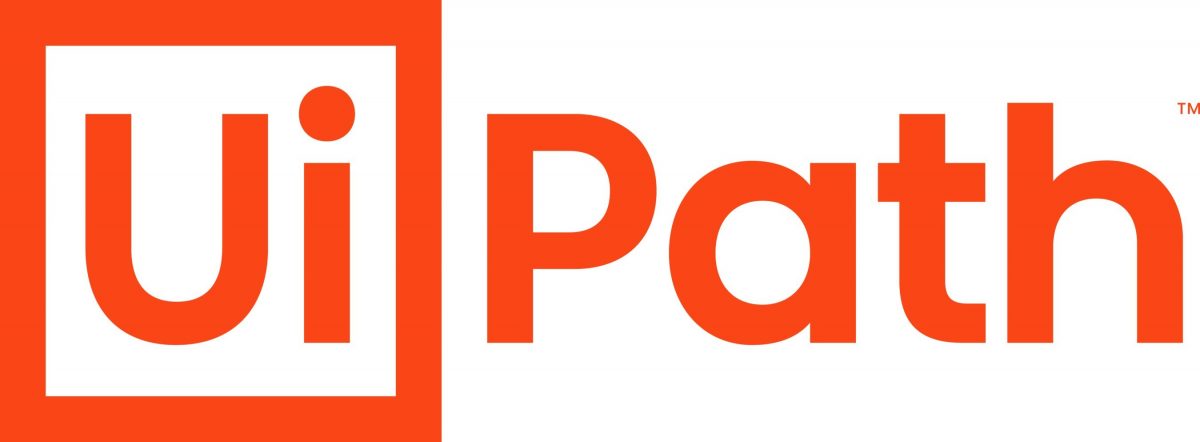This website uses cookies so that we can provide you with the best user experience possible. Cookie information is stored in your browser and performs functions such as recognising you when you return to our website and helping our team to understand which sections of the website you find most interesting and useful.
AI Powered Chatbots
AI powered chatbots are transforming customer service across every industry sector, delivering considerable cost savings with payback periods within a matter of months. Rolling out customer service chatbots can save thousands of agent hours by enabling customer self-service, increasing First Contact Resolution and reducing Average Handle Time. Contact Centre agents are freed from repetitive, non-value-added tasks to focus on delivering a great customer experience.

RPA in the Contact Centre
Introducing RPA into the contact centre can dramatically improve agent efficiency and engagement as well as delivering a more seamless customer experience. It can streamline processes and reduce average handle time by auto-completing repetitive non-value adding tasks across multiple systems. RPA can also help contact centre agents handle calls and processes efficiently and error-free, by providing in-context, next-best-action assistance in real time.
RPA frees up your most valuable resource: your employees, to focus time on more important and more engaging work.

Benefits

30%
Reduction in average handle time
30%
Increase in first contact resolution
20%
Increase in CSAT scores
20%
Reduction in agent training time
100%
Compliance in real-time
20%
Increase in upsell sales
Want to discuss your AI and Automation challenges?
Our AI and Automation experts can help you to deliver your operational efficiency, customer experience and employee engagement goals.
Business Benefits
Use Cases
There is a huge potential in both administrative and clinical processes for health and social care automation. Automation can handle referrals, bookings, laboratory, radiology and pathology results, or create request forms. In addition, reporting, quality assurance, HR, finance, and IT processes are widely targeted for automation. EHR changes, as well as patient and population risk and resource analysis are well-suited for RPA.
To remain competitive, as well as adhere to stringent regulations and compliance standards, utility providers must find ways of improving customer satisfaction while reducing operating costs. RPA is perfect for those utilities with complex legacy systems, bridging the gap between new customer facing applications and legacy back-office systems, and greatly improving digital customer experience. Automation of repetitive, non-value adding tasks across multiple back-office systems can dramatically reduce the amount of human effort required, increase operating efficiency and thereby reduce operating costs.
RPA never forgets to trigger payment reminders or update customer records across multiple systems. RPA can offer a better customer experience while maintaining compliance standards.
From claims registration and processing through to underwriting and policy administration, the insurance sector has a huge number of highly manual processes. RPA can help handle labour intensive processes like the collection and extraction of data from various internal and external sources, complex error tracking, claim verification, integration of multiple data sources and more; it can be used to populate multiple fields in multiple different databases simultaneously consequently speeding up the process and creating a better customer experience.
For a highly regulated industry such as insurance, the ability of robots to process transactions with 100% accuracy and be 100% auditable is critical; RPA increases compliance and reduces the need for quality control.
RPA can help improve efficiency within local authorities and free employee time to focus on value added tasks. RPA works especially well for repetitive, administrative work, which makes it a very good fit for back-office functions that require manual uploading or the scanning of documents.
RPA can automatically cross check information inputted by citizens against records held in multiple back-office systems and databases. If the data matches, the RPA will automatically complete the task and, if not, it can create an exception report for human intervention. With RPA, people are still required when the process cannot be completed or where there is a requirement for judgement, but, even in these instances, most of the processing is done by the robotics thereby freeing employee time to focus on delivering services to citizens not processing paperwork.
Independent Advice




